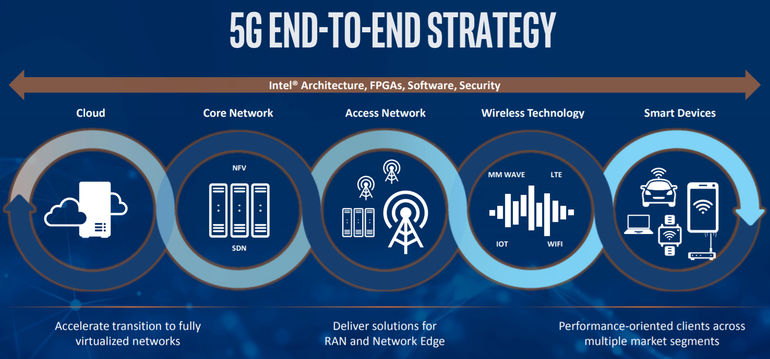
The year is 2031. Voice assistants are ubiquitous, invisible, and always listening. They finally understand everything that we say and do as we command, silently. The phone — complete with its radio antennas and battery — has been reduced to an earpiece — there’s no screen, obviously — yet it has all the capabilities of a present-day smartphone, and more.
What you just read is of course fiction — specifically the backdrop of the Hulu and Channel 4 original The First, starring Sean Penn and Natascha McElhone, now streaming in India via Amazon Prime Video — but the world it describes could actually be our reality in the near future, believes Peter Ogley, Chief Operating Officer for the consumer electronics business at Sennheiser.
Now to be clear, Ogley didn’t exactly namecheck The First when Gadgets 360 caught up with him in Delhi last month. But he believes that if the true potential of 5G is realised, we could all be living in a world that looks a lot like the one we just described.
“I think with the advent of 5G, the opportunity for the computer to sit inside the headphone in more of a wearable concept, and potentially in [being] connected straight to the cloud without needing to necessarily go for a phone is potentially an interesting way that the market could go,” says Ogley.
“With the advent of 5G, the potential is there,” he continues, using the p-word again, stressing that there are still a lot of unknowns as far as 5G is concerned. “If the way as humans we interact has moved [on] from typing and swiping on a phone, and there’s a new way of interacting through voice, therefore there’s potentially new ways that you don’t need to be always connected to your phone to be able to do things you might want to do.”
“5G probably is one of the technologies that enables to help us [achieve that] because you know [it offers a] strong connection, it’s low power required, etc. — [all that] gives an opportunity to rethink headphones in a different way.”
“Headphones have always been an accessory to something else — an accessory to your home HiFi, [an] accessory to MP3 player — I think there is chance [that] with more computing power they become more of your mainstream product to do more for you than just purely be an accessory tethered to something else.”
While 5G and the full realisation of that vision are still a fair bit away, Ogley underlines how he believes the industry is already headed in that direction.
“Audio, up till now, I think is at a place to kind of cocoon you, and to give you that peace while you are maybe commuting or you just wanna relax,” he says. “I think that’s why we we see more and more headphones being connected to smart devices — so you can just relax with your content.”
“But soon the whole connection with really making your life easier, more efficient, through voice access […] gives us a great opportunity with headphones as well to make that connection. So as I think products become more wireless, they are also bringing more computing power, and that computing power [leads to] more smart connected [devices, which] gives us huge opportunity in the market.”
“So, voice interaction, commands, [other] ways you don’t have to pick your phone anymore, and you can get interaction with your headphones as we go forward [in] the next five years, I expect [that] to be a continual trend. So I think that’s an exciting time to be in that trend as I think headphones start to do more for you and start to become your constant companion.”
“And then over time — potentially 10 years from now — smartphones are not used as much and we use much more in augmented reality. Again, the blending the physical with the virtual will only become real when you also blend the physical and virtual audio at the same time. So I think, you know, 10 years from now, we are also in a very exciting place. Thinking about how audio can make a difference to people’s lives in augmented reality world.”
“So, I think it’s three phases that we are in right now — wireless untethering, which is huge; the kind of smart interaction voice service etcetera; and then finally, ten years from now what’s the next generation of visual interaction — with augmented reality, work we are doing with people at MagicLeap.”